Irish people have made a profoundly commendable contribution in presenting Hindu civilization in a positive light to the western world.
Indologists and Orientalists have often portrayed Hinduism in the most bizarre, recherché, and esoteric manner. In order to add mystery to the faith, these so-called experts trivialized an otherwise highly complex and evolved faith, making it look like Roman and Greek paganism.
Thanks to Irish like Annie Besant and Charles Stuart, this civilization and faith got a proper portrayal in the West, giving them an opportunity to critically understand a highly evolved civilization with its own unique particularities.
This is the story of Charles “Hindu” Stuart, who was born a Christian and died a Christian but throughout remained a great admirer of Hindu culture.

Love Irish history? Share your favorite stories with other history buffs in the IrishCentral History Facebook group.
The Bridge Between East and West
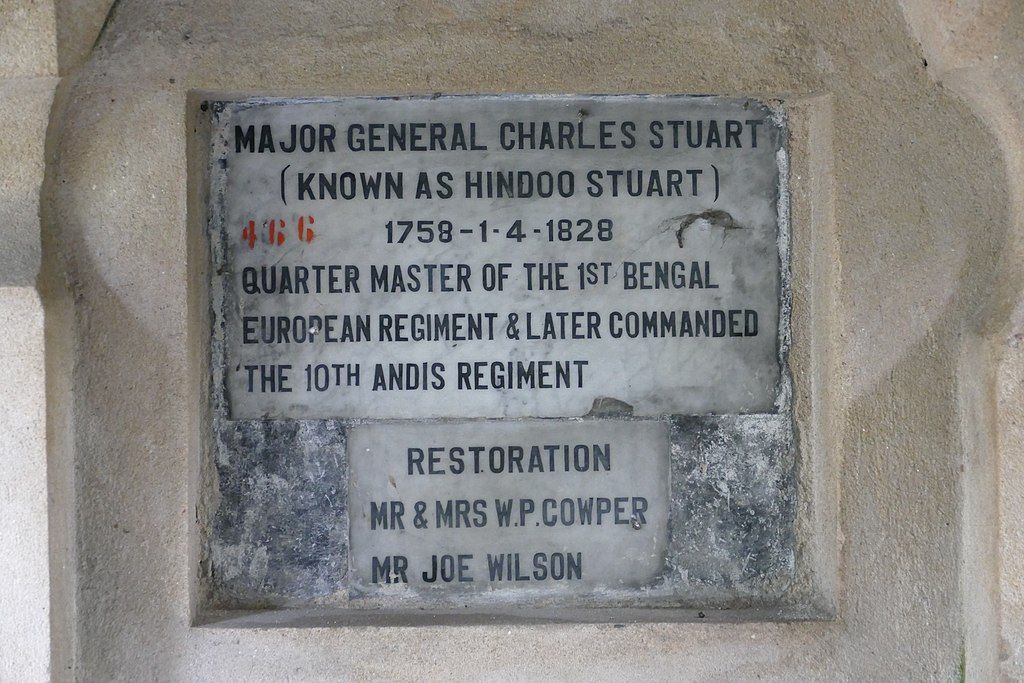
Description on the tomb of Irishman Stuart in Calcutta.
Charles Stuart was a bridge between East and West, an Irishman who hated the despicable attitude of the colonizing British towards the native Indians.
He went to bathe in the Ganges carrying a depiction of the newly-born Gopal (Hindu deity) as an idol held on his broad chest with devotion in his eyes in order to bathe him first. When he was greeted by people around, he responded in an almost clear Hindustani accent 'Jai Sitaramji' (Hail Hindu deities Sita and Ram).
Stuart was an individual who didn’t take even water before his morning Hindu-style worship, and had highly complex Vedas, Upanishads, and other Hindu scriptures at his fingertips.
“Hinduism little needs the meliorating hand of Christianity to render its votaries a sufficiently correct and moral people for all the useful purposes of a civilized society," Stuart once said.
Irish Origins
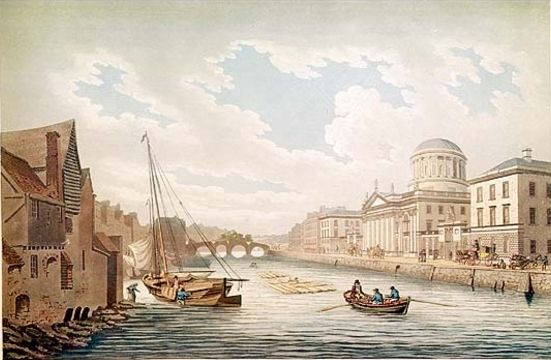
Four Courts and river Liffey, Dublin 1799. Image Credits: James Malton via Wikimedia Commons.
Charles Stuart was born in Dublin in the year 1758. He was the son of Thomas Smith, elder brother of John Smith, who was a Member of Parliament representing Carlow and later Limerick.
On receiving a commission as a cadet in the Bengal Army, Stuart arrived in India in the year 1777. He carried out his onerous duties so successfully that in the year 1814, he was promoted to Major General.
He retired from service in 1822 and spent the rest of the period of retirement in the manner a devout Hindu would do. In his will, Stuart left the bulk of his fortune to his brother and sister in Ireland. Several smaller donations of between 100 and 1200 Rupees were made to his Indian servants.
Attack on European Bias
In his short tract “Observations and remarks on the dress, discipline, etc. of the military”, Charles Stewart attacked the European superiority complex and emergent false notion of superiority of everything European over Indian.
“We are very ready to condemn the prejudices of this people [the Indians], and their blind attachment to ancient customs; but, I wish we would examine ourselves, and see whether our superior lights of reason leave us altogether inexcusable. . . . Perhaps, we have too long persisted in many inconvenient and unbecoming modes because they are European? Not reflecting, how naturally manners change with climes, or that modes and customs, however arbitrary, should ever give way, when good sense submitteth better to the operation of our judgment.”
Stuart also attacked elements of racism in the treatment of Indian soldiers and officers. He has heard of abusive language towards them and of the flogging of commissioned officers among them (flogging of soldiers and non-commissioned officers was allowed).
This was "unmilitary behavior", he said.
"The Officer who thus loses sight of the respect due to the Military character, highly merits a similar chastisement, as a due return for his temerity. ... To sport with the feelings, or the pride of a Soldier, may be found as unsafe, as it is unbecoming and unworthy? It may be an effectual way to break the spirit of a man; but treatment so disgraceful can never give the dignity of a Soldier.”
All Praise For Sari
In 1800/1801 Stuart wrote a series of letters to the editor of the Calcutta newspaper The Telegraph on the dress of European ladies in the East. He made two points: he recommended to European ladies in India a fashion that was very close to Indian style, and he tried to persuade them that comparisons between East and West should not suffer from prejudice.
His critics accused him of immoral tendencies, stating that he had a "libertine mind" and was seduced by Oriental coquetry. They said he showed "enervated Oriental ideas" and claimed that he wished, with his "vitiated taste", "that we should drop the appropriate, modest, becoming dress of the present day, and adopt, instead of it, the immodest, indecorous dress of the Asiatic ladies."

Love Irish history? Share your favorite stories with other history buffs in the IrishCentral History Facebook group.
In Defense of Hinduism
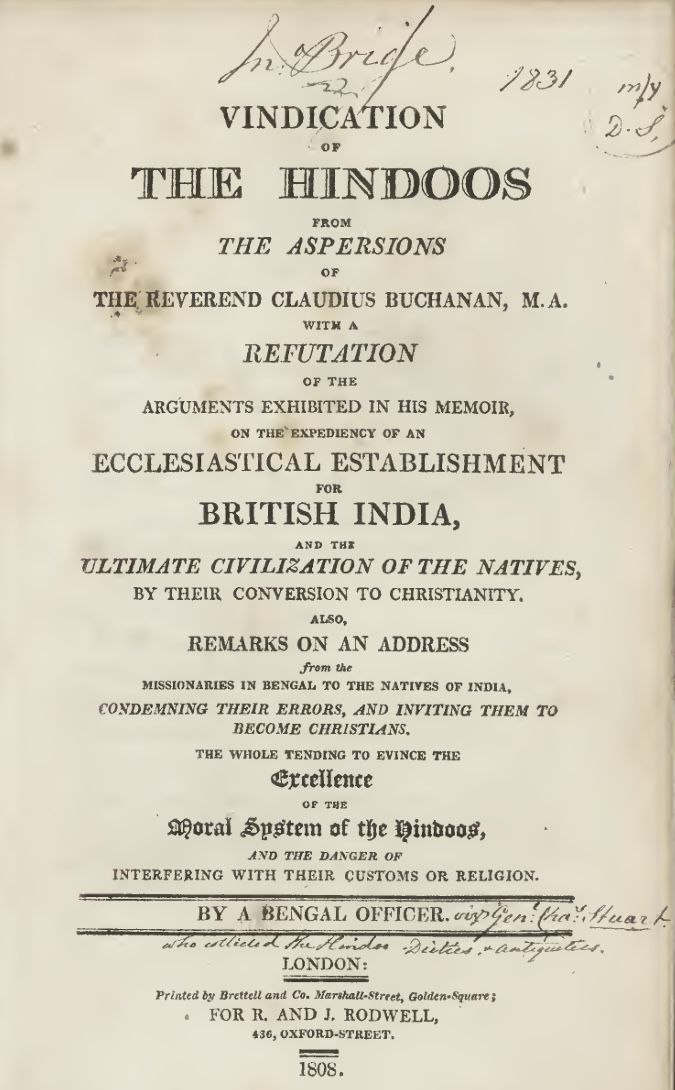
Vindication of Hindoos book by Charles Stuart. Image Credits: Wikimedia Commons.
Because of the fear of forced conversion to Christianity, native Indians revolted in Vellore in 1806.
They demanded an end to all missionary activities in areas controlled by the English East India Company. Stuart defended the Hindus by writing a two-part book Vindication of the Hindus.
The Vindication was essentially a conservative manifesto to defend the traditional way of life of the Indians. Stuart wrote from a theological point of view.
He said Hinduism was a highly sophisticated, spiritual religion, adding that it had developed many concepts fundamental in Christianity long before the latter came into being, especially the doctrine of the immortality of the soul.
It was basically monotheistic, through the individual pictures and statues of their manifold Gods the Hindus were worshipping the one, invisible and almighty Divine Being.
Their Trinity had important similarities with the Christian Trinity. There were of course abuses and superstitious practices, but they were no argument against the essence of the religion.
In this respect, the Hindus had developed a much higher and purer concept of God than the Greeks and Romans ever had, so "that there is scarce a single bearer, who carries the Palankeen in India, who has not as exalted a notion of God as ever Socrates entertained.”
Similarly, Stuart asseverated the moral character of Hinduism, which was little behind that of Christianity. Its sacred books, its law, and its mythology were all full of moral directions and examples.
One God But Many Ways To Reach Him
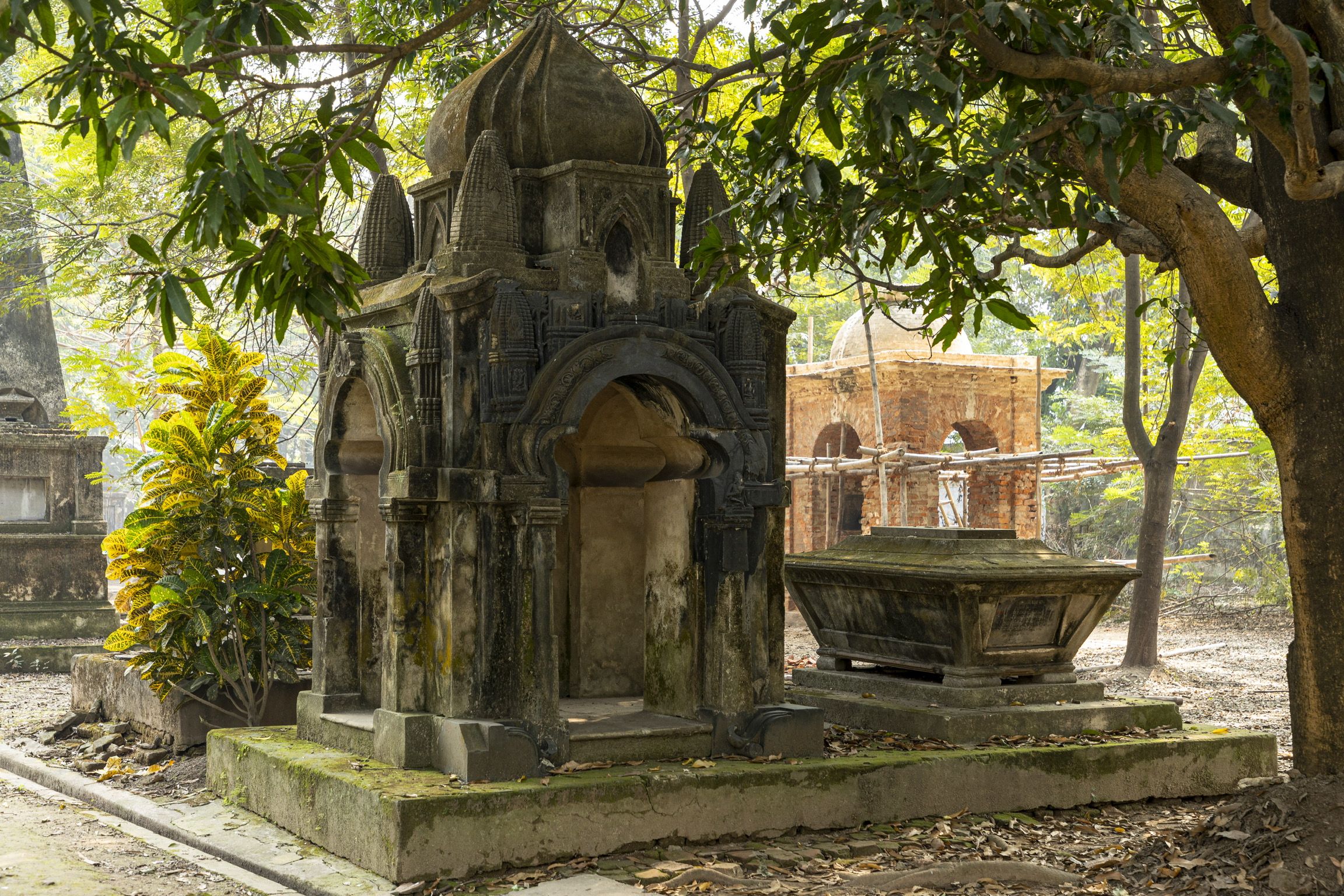
Tomb of Charles Stuart. Image Credits: Wikimedia Commons.
Charles Stuart admired Hindu culture, but he never left his Christian faith, he manifested what syncretism is really like. He was buried as a Christian in Park Street Cemetery, Calcutta. On his grave, a tomb in the shape of a Hindu temple, with Indian sculptures from his collection, was erected. Christian public opinion rejected him and Hindus did not understand his greatness.
This author hopes that in a world where war and power politics have divided humanity, inspiration from the life of this Irishman unites us.
This article was submitted to the IrishCentral contributors network by a member of the global Irish community. To become an IrishCentral contributor click here.
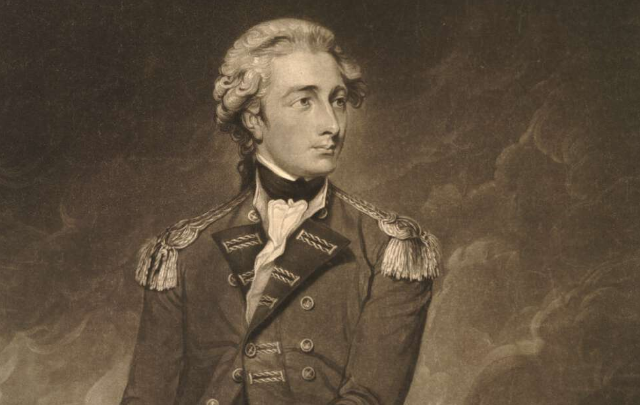



Comments